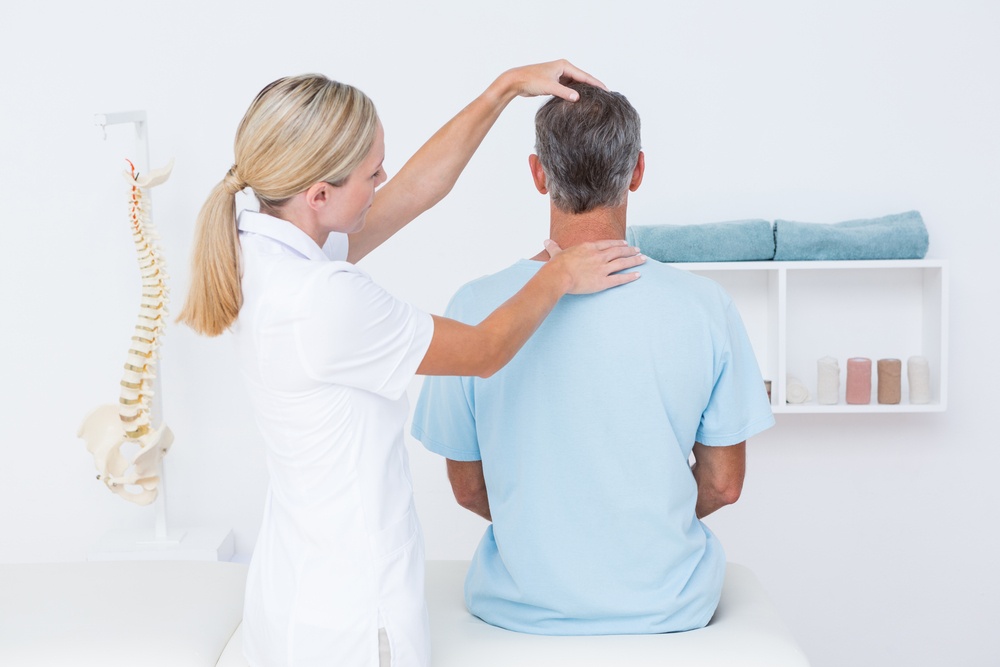A Cervical Herniated Disc often causes neck pain for patients, usually 50 years or over. The seven vertebrae of the neck are stacked atop one another, separated by soft discs that provide cushioning between the bones. Aging, disease, or injury can damage these discs, which will result in pain, inflammation, and sometimes more severe symptoms.
A herniated or bulging disc usually occurs as a result of age. As the body ages, the discs dehydrate and shrink. This makes them weaker and more susceptible to tears as the vertebrae of the neck move. Degenerative disc disease is also common with age; after years of wear on the disc, they become less able to produce the gel like fluid that provides cushion to the bone, causing them to wear away. Trauma to the neck, like whiplash or falls, may also damage a cervical disc, which is less able to repair itself in older patients.
Symptoms
- Dull and sharp pains in the neck and upper shoulders
- Lack of neck mobility
- Weakness in the arms and hands
- Numbness/Tingling in the neck, shoulders, or arms
As we get older we need to be more proactive with our bone health. Staying active and incorporating bone healthy nutrients or supplements into your diet are good ways to stave off issues that arise with worn bones and tissues. If you feel achiness or pain, don’t mask it with medicine. See a physiatrist or orthopedist so you can get on track with a physical therapy routine to help you feel your best long term.
Physical Therapy is the first treatment a patient may undergo to manage pain from a herniated or bulging disc. It is the most conservative way to relieve pain and is often successful after following a regimen for a few weeks. Stretching and massaging the cervical region will take pressure off the discs. Strengthening cervical muscles, as well as well as correcting posture, will take pressure off of the cervical spine, causing them to grind less on the disc.




